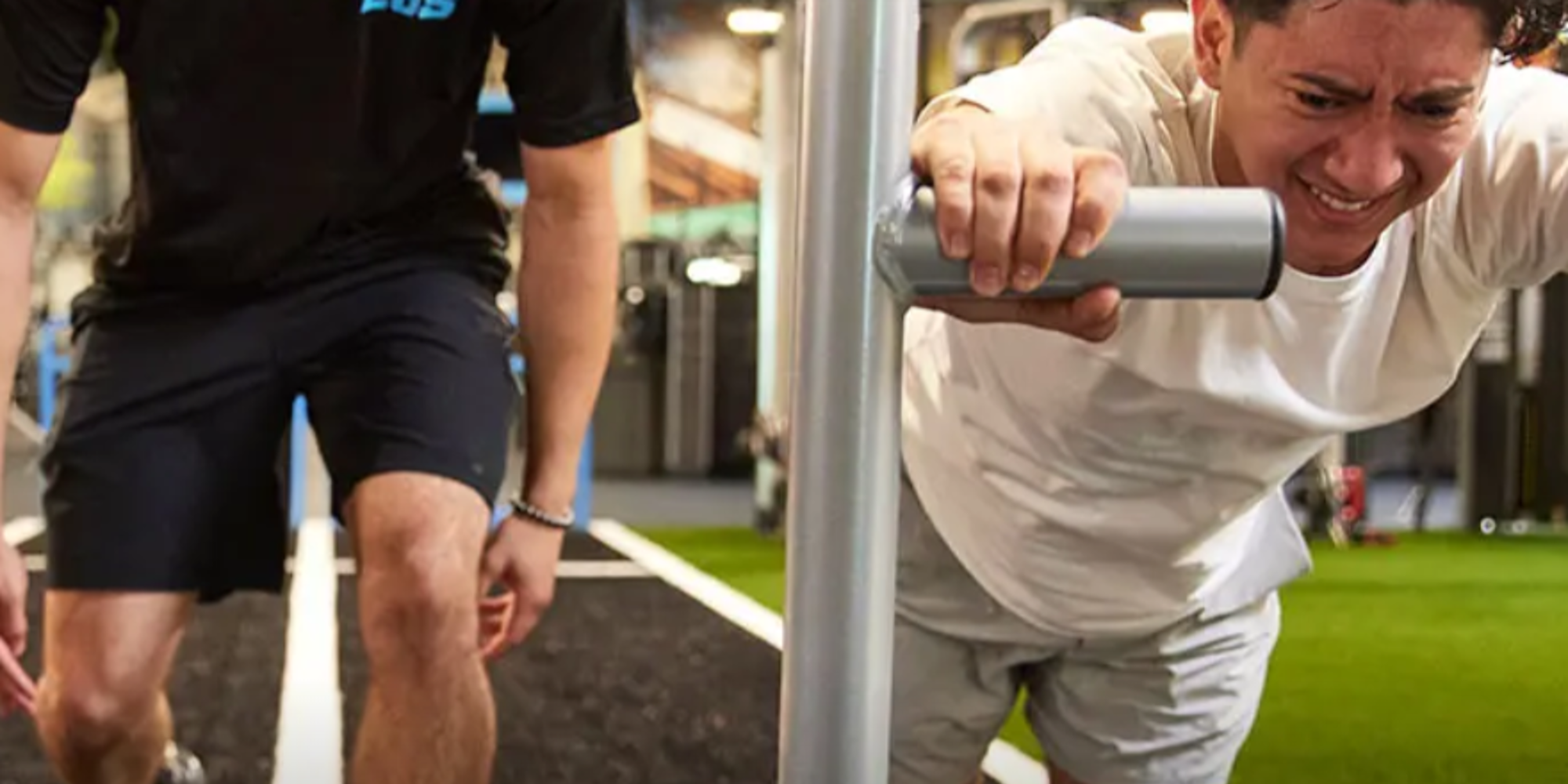Fashion
CEO Jocelyn Gailliot on how Tuckernuck became a fashion favorite of women in politics

If you’ve been following political fashion at all, chances are you’ve heard of the tweed Jackie dress by Washington, D.C.-based Tuckernuck. The $268 dress has recently gone viral for being a favorite among women working on Capitol Hill.
Co-founder and CEO Jocelyn Gailliot said that, since its inception in 2012, Tuckernuck has worked to fill a gap in e-commerce around women’s professional wear.
“Tuckernuck has always been rooted in busy, successful women and being a life hack for them,” Gailliot said on the latest episode of the Glossy Podcast. The retailer offers a wide range of product categories, as well as apparel from its private label collection and buzzy brands including Ulla Johnson and Veronica Beard.
Also on the podcast, Gailliot discussed what’s working to win customers and how the company is leaning into the world of political fashion.
Additional highlights from the discussion, below, have been lightly edited for clarity, are below.
What’s working to acquire new customers
“It spans the gamut. Coming out of Covid, we were well prepared because we were already online. We didn’t have a lot of brick-and-mortar legacy, and we had great content. As the customers shifted to shopping online more, we were able to acquire a ton of new customers because we’re bootstrapped and because we’ve never had venture-backed money to just pour into acquiring customers unprofitably. We’ve always had to be profitable with each customer we brought in from day one. We’re in Meta and Google’s fastest-growing company disruptor program, and they’ve worked with us on how we can continue to scale at this rapid pace as one of the top e-tailers in the country. A lot of it is also just testing and learning. It used to be much easier. This is the first year we’ve seen that it’s a very saturated market online to acquire new customers, so we are having to focus a little bit more on the type of content we create and get a bit more creative. We’re still successful, but it is getting harder and harder to acquire customers at the same profitable rate that we were historically. … We’ve been rolling out brick-and-mortar, and getting in front of people in more events and strategic collaborations, things like that. The market is forcing us all … to stay creative and get ahead of it.”
Curating an online shopping experience
“The advent of e-commerce — and all the ability behind free shipping and free returns and the logistics powering it, and apps, and things like that — will shift the way the consumer wants to shop. For us, the store acts as a place, for better or worse, where people do a lot of returns and exchanges. There’s the customer who wants the experience of feeling the product in store, feeling the fabrics or just working directly with a human being. In terms of our stores, we’re looking at: What is the way we want to shop? There is this potential for e-commerce to become what the old department store was. It’s a place where the customer can go online, they can filter, and they’re going to want a lot more options. [Online,] they see as many options as possible because they can use all the filtering tools. We don’t think brick-and-mortar is dead. I want to go and shop in person, but when I go and shop in person, I want that old-school specialty store experience. So it’s not necessarily, ‘Let’s bring all the product online to stores.’ It’s really, ‘How can we create a curated specialty store and high clienteling experience in these areas that are convenient for our customer, so that when she does want to shop in person, it isn’t extremely overwhelming for her but is, instead, that old-school high touch that makes it feel like she’s connected with that boutique owner?’ [The consumer] wants to know that [the IRL retailer] is thinking about them and curating a store for them and their needs.”
Navigating retail trends
“One of the trends [we’ve seen] is retailers going back to charging for shipping and making it a little bit harder for returns. Because we have a profitable business model, it’s a bit of a liar’s poker, contrarian point of view — but if that’s what our competition is starting to do, as long as we can afford to continue to be the most incredible experience for her, then we’ll continue to do that. In a lot of markets, we’re now trying to roll out more. We’ll offer home pickup, as well, so she can — just with an app — be able to have someone come and grab that return from her doorstep. There is a lot of competition out there, and we’re also in competition with brick-and-mortar. Customers can walk down Main Street these days and go to so many wonderful stores. So [for us], we have to figure out how we can make it so that, online and offline, [the consumer] feels like we are there no matter what — to help give her confidence and to support her so that she can go out and not have to think about how to look stylish and confident and just do what she does best.”








